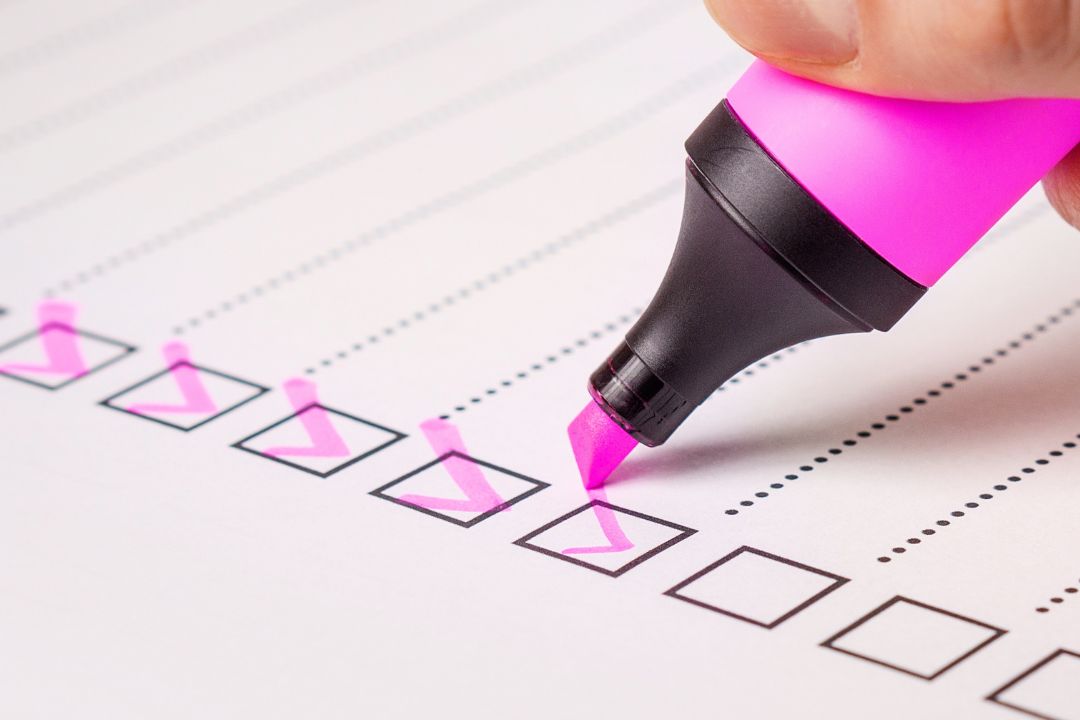That’s probably why it was so easy for problematic advisors to take advantage of businesses and convince them to submit ill-advised R&D claims.
In 2024, it’s a different story. You’ll encounter a much wider range of viewpoints; people who are overly optimistic about how much relief they can claim, people who have been put off by reports of fraud and HMRC’s compliance efforts, and people who land everywhere in between.
On the whole, it’s now more common for clients to be misinformed about R&D tax relief, rather than unaware of it.
But initial conversations about R&D with clients still tend to be short. When both you and the company you’re speaking to are busy, it’s tempting to make assumptions and hope for the best – but this can cause problems later.
The problem is that making sure they understand the requirements of the scheme and how it applies to them (and whether you even want them as a client!) isn’t easy. It’s a lot to condense into a 30-minute chat. Plus, unless you’re already very familiar with the scheme, you might not be confident about giving them a definitive answer.
So, what should you focus on to get the best out of this initial conversation?
Step 1 – Check the basics don’t rule them out
There are certain basic facts that immediately mean a company can’t claim for R&D tax relief. It’s not worth discussing R&D at all if:
- The organisation is not subject to corporation tax
- The company is in administration or liquidation
- Their latest set of accounts state that the company isn’t a going concern
- They don’t have any of the right types of expenditure
If any of these apply to your client or prospect, you can let them know right away why they cannot claim the tax relief. They’ll appreciate that you’ve thought about them and have ruled them out for a good reason.
Step 2 – Ask them what they already know about the R&D scheme
If the answer’s ‘Not much’, then this gives you the opportunity to set them off on the right path. HMRC expect claimants to know the specifics of how R&D tax relief works, so you need to explain that:
- HMRC uses its own, very specific, definition of R&D, which often varies considerably from what most companies think of as R&D
- You don’t get R&D tax relief for using new technology but developing it
- Unlike a grant, you apply retrospectively using the company’s tax return
Given the amount of misinformation in the market, it’s also a great idea to let them know that:
- If a telemarketing sales pitch sound too good to be true… it probably is. Ask the client to run any dubious sounding promises past you so that you can give them a second opinion.
- The claim is always the client’s own responsibility even if a tax advisor is used. It’s a good idea for them to read HMRC’s Guidance for Compliance for R&D tax relief (GfC3) prior to making a claim.
- HMRC can and do charge penalties if there are errors in the claim. Even genuine claimants can find themselves subject to HMRC challenge, and they need to be prepared and willing to defend their claim.
The objective isn’t to scare your client, but to make sure they realise that they’re dealing with a tax matter, with all the seriousness that implies. Also, it’s important they realise that the claim is their own and that they can’t abdicate responsibility to any third party.
Related: 5 mistakes accountants make when discussing R&D eligibility with clients
Step 3 – Clearly set out the next steps in the claim process
Having given your client a clear picture of their responsibilities, you’ll probably get some questions on what types of activity would qualify. Rather than try to shoe-horn that into the end of this initial meeting, it’s a good idea to set aside some time to discuss that with your client in more detail – and with their most senior technical staff present too.
You may also wish to sketch out your process and fee for helping them, so they’re clear on how you work and charge for your R&D services.
Get a date in the diary, ask them to get the necessary technical staff to attend, and provide them with a link to HMRC’s guidance and GfC3 so they can read up on the detail before your next meeting.
Related: 3 steps to effective R&D eligibility screening conversations
How to check your client’s followed best practice if they’ve already prepared an R&D claim
If you’re an accountant and a member of a professional body you’ll sometimes be asked to submit R&D claims that your client has prepared in conjunction with an R&D specialist. In these cases, to ensure you comply with your professional body’s code of ethics (PCRT), you need to make sure that any help they’ve received is reliable. While there’s a lot that goes into building a strong R&D claim, you can check that they’re on the right path by ensuring that:
- Your client and anyone else involved with the claim has read and understood HMRC’s definition of R&D
- They have access to the competent professional leading the R&D work who would be willing to speak to HMRC in more detail about the claim
- The client understands that the claim is their responsibility and that they should have been involved in the detail of its preparation
- The client has had visibility of the claim documentation and the entries for the corporation tax return and signed the details off as accurate
Another option is to review the claim yourself, or through a trusted third-party, ahead of its submission, to identify any red flags that could trigger an enquiry from HMRC.
We routinely help our members by providing a second opinion through our claim support service. It’s particularly helpful if you haven’t prepared many claims before, when dealing with an industry you might not have experience with, or if the claim is particularly large and unwieldy. That second set of eyes can bring some much-needed peace of mind.
Ultimately, you don’t want to be associated with a tax relief claim you knowingly believe to be incorrect or misleading. This includes making a corporation tax filing that you believe does not meet HMRC requirements.
If your client and the R&D specialist can’t give you these assurances, your reputation could be at risk if you help submit the claim.
What’s next?
These steps focus on initial eligibility conversations and ultimately form a small part of a robust screening process. Ideally, you would have fewer challenging conversations about eligibility and more conversations where it’s clear that the work qualifies for relief.
But how can you more consistently identify those high-quality leads? Our free eligibility checklist is a useful tool that you can use during these initial conversations to quickly ascertain whether a claim is worth pursing further.







